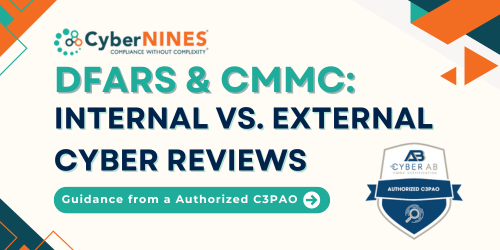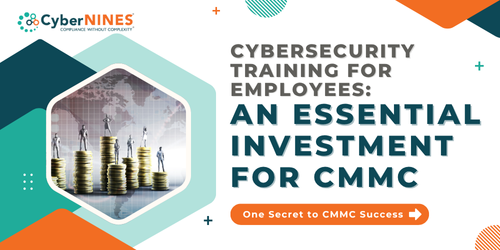


Whether you are certified for CMMC or are working toward certification, you know that achieving and...
.png)

It’s a beautiful autumn day, and for the staff of a Midwestern manufacturer on a waterfront...
